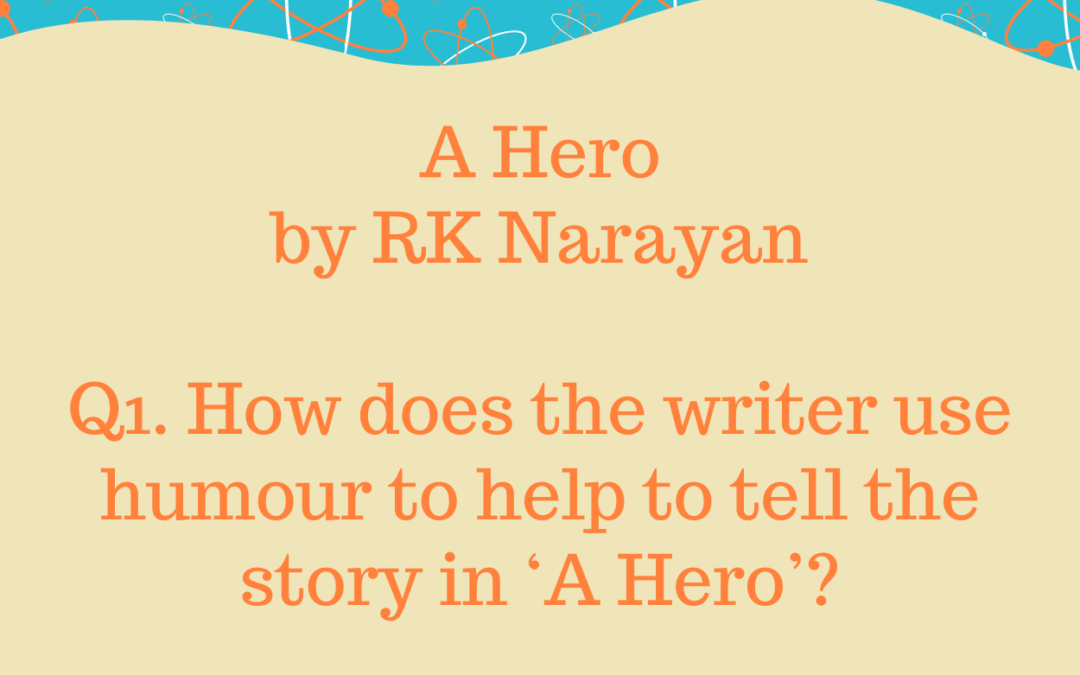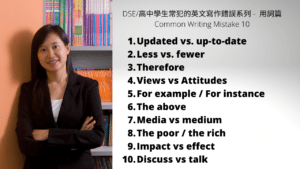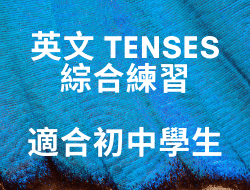Edexcel English IGCSE: A Hero by R.K Narayan
Q1. How does the writer use humour to help to tell the story in ‘A Hero’?
Edexcel English IGCSE Model Essay by an Expert
In ‘A Hero’, there are humorous episodes of hyperbole and irony that help to tell the story, but they also have a more serious undertone. The subtle comedy is in Swami’s relationship with his father, his exaggerated fear, and the final anti-climax.
Because Swami’s father is authoritative and even cruel, there is humour when Swami outsmarts him. When they argue about fighting a tiger, Swami logically argues that courage would be useless without strength. Rather than addressing this point, his father changes the subject by suggesting that Swami doesn’t have enough courage to sleep alone. This illogical style of argument humorously suggests that Swami’s father can’t react maturely to being outsmarted. This childish element of Swami’s father is also seen at the end of the story, when he permits Swami to sleep back with his granny, but speaks with less confidence, as shown by the ellipses and qualifiers: “Only don’t blame me afterwards…”. Thus Swami’s father is portrayed as even more childish than Swami, suggesting he doesn’t deserve the respect he demands from his family in such an over-bearing way.
The writer portrays Swami’s fear of sleeping alone as humorously exaggerated, helping the reader to pity Swami and to understand his conservative character. Swami makes comedic attempts to dodge the challenge, by changing the subject “with a great deal of enthusiasm”. He then attempts to hide, but hilariously, his granny doesn’t understand what he is doing, even when he hyperbolically claims that if he doesn’t sleep at once, he “shall perhaps die”. The extended description of Swami’s fear during the night elicits pity, but it is also humorous, as the reader knows that his fears are probably unfounded. To create a sense of drama, the writer uses several techniques, such as onomatopoeia to build tension (“scratch, scratch, and then a light thud”) and short, blunt sentences to give hyperbolic statements (“His end had come”). The simile of the little boy’s teeth being used “like a mortal weapon” is another technique that the writer uses to humorously portray Swami’s fear for his life.
Particularly when contrasted with the high drama of the story’s climax, the ending of the story is amusingly anti-climactic. Rather than being haunted by a demon, Swami had bitten the leg of an ordinary burglar. There is also humorous irony in the fact that Swami bit the leg because of his terror and fear, but he is heralded as a hero the following day; the writer uses the metaphor “congratulations were showered on Swami” to emphasise the vigour of this perhaps undeserved praise.
The writer uses the comedic techniques of irony and bathos – that is, exaggeration followed by anti-climax – to help to tell the story of Swami’s so-called ‘courage’.



